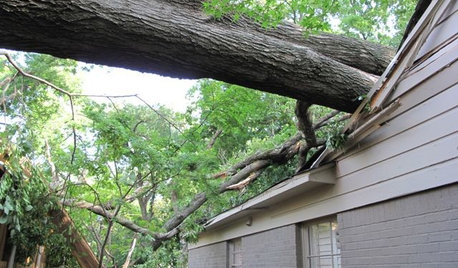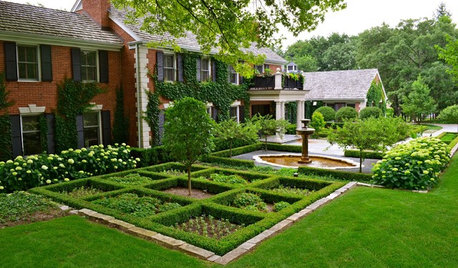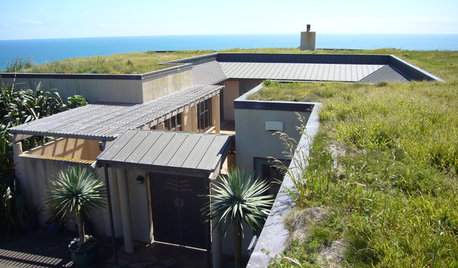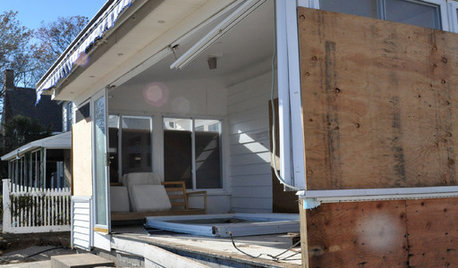Root competition damage -- after 6 years
butterclem
11 years ago
Related Stories

DISASTER PREP & RECOVERYRemodeling After Water Damage: Tips From a Homeowner Who Did It
Learn the crucial steps and coping mechanisms that can help when flooding strikes your home
Full Story
HOUZZ TOURSMy Houzz: Twister Damage Sparks a Whole Ranch Remodel
A Dallas couple transforms their traditional rambler into a bright, family-centered haven after a tornado
Full Story
GARDENING GUIDESBoxwood: Still Shape-Shifting After 350 Years
Wild or mild, the humble boxwood still brings style and order to all kinds of gardens
Full Story
HOUZZ TOURSMy Houzz: Highlighting Farmhouse Roots in a Seattle Suburb
New and old mix with DIY touches in a remodeled 1928 home for a family of 6
Full Story
GARDENING GUIDESGot Frost-Damaged Plants? How It Happens, and When and How to Prune
Crispy brown leaves are a sure sign that Jack Frost has been to your neighborhood
Full Story
GARDENING GUIDES15 Ideas to Try in Your Garden This Year
These gardening stories were tops among Houzz readers. Which ideas might you try this year?
Full Story
ARCHITECTURERoots of Style: See What Defines a Craftsman Home
Charming features and intimate proportions have made Craftsman houses an American favorite. See their common details and variations
Full Story
TRADITIONAL ARCHITECTURERoots of Style: Pueblo Revival Architecture Welcomes Modern Life
Centuries-old details of adobe construction still appeal in the desert Southwest, adapted to today's tastes
Full Story
GREEN BUILDINGLiving Roofs Put Down Roots
No longer solely the domain of hippies — or hobbits — a green roof can be a hardworking partner in making your house sustainable
Full Story
DISASTER PREP & RECOVERY7 Initial Steps for Dealing With Floodwater Damage
How you handle your flooded home and its contents can affect not only the damage level but also your personal safety
Full StorySponsored
Most Skilled Home Improvement Specialists in Franklin County
More Discussions







buyorsell888
gardengal48 (PNW Z8/9)
Related Professionals
Windham Landscape Architects & Landscape Designers · Anderson Landscape Contractors · Franklin Landscape Contractors · Lancaster Landscape Contractors · Miller Place Landscape Contractors · Monterey Landscape Contractors · Quincy Landscape Contractors · Siloam Springs Landscape Contractors · Smyrna Landscape Contractors · South Farmingdale Landscape Contractors · Sugar Hill Landscape Contractors · Tamarac Landscape Contractors · Watertown Landscape Contractors · Reisterstown Landscape Contractors · San Pablo Landscape ContractorsbutterclemOriginal Author
buyorsell888
butterclemOriginal Author
gary11
Marie Tulin